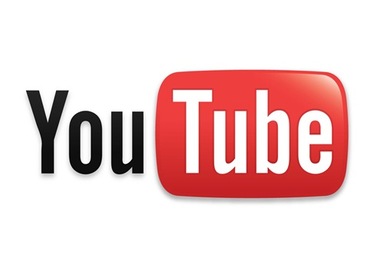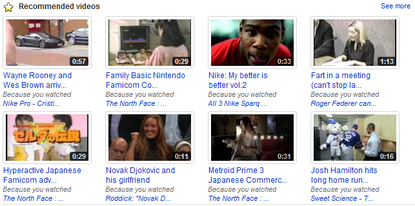When your readers come to your website, you must not only make sure that your content is tailored to their pains, but that they must find it easily. , Remember, you must tailor your website to provide the most approachable content for your target audience. When it comes to the internet, people reading online tend to be rushed and distracted. In a majority of casees, they are reading for information, not pleasure. Most often, they’re scanning for the information they want—not reading for literary purposes.
Writing with the online user in mind ensures that visitors will be more likely to spend more time at your site and to visit it often. Because people usually visit several times before making a purchase, your goal is to create a site that makes people want to return again and again.
When creating content, be aware of how it is presented. Ask yourself - are readers going to be confused as to where their eye should rest and how they should follow the text? Are there too many distractions (i.e. images, bolded text, highlights etc.)? Here are some tips on how to properly present your content...
Give the copy life!
Ask yourself these questions.
Don’t get all emotional on me…
When you think of Apple, what do you feel? If you’re diehard Mac fan, you probably swoon at their ads and can’t help drooling while you browse their website. Apple has done a great job in invoking emotion to their brand and their ads.
You must do the same thing. When you’re writing for your website – take a step back and see if your readers are responding to your words… Does it grab their attention/interest and create desire?
Or best yet, does it make them act? Use a style of writing that people will like when talked to.
Design: Less is More
Don’t overcrowd your pages, let the copy breathe. Include plenty of white space, and keep content pages short—300-350 words. Complicated menus or loads of graphics make pages visually confusing and may lose you customers. Make pages easy to see and easy to use. Help your reader concentrate on the content by placing ads out of the way.
Writing with the online user in mind ensures that visitors will be more likely to spend more time at your site and to visit it often. Because people usually visit several times before making a purchase, your goal is to create a site that makes people want to return again and again.
When creating content, be aware of how it is presented. Ask yourself - are readers going to be confused as to where their eye should rest and how they should follow the text? Are there too many distractions (i.e. images, bolded text, highlights etc.)? Here are some tips on how to properly present your content...
Give the copy life!
Ask yourself these questions.
- Is the content interesting?
- Does it grab you and address your needs?
- Does it have a rhythm to it?
- Do you use your action in the verbs?
Don’t get all emotional on me…
When you think of Apple, what do you feel? If you’re diehard Mac fan, you probably swoon at their ads and can’t help drooling while you browse their website. Apple has done a great job in invoking emotion to their brand and their ads.
You must do the same thing. When you’re writing for your website – take a step back and see if your readers are responding to your words… Does it grab their attention/interest and create desire?
Or best yet, does it make them act? Use a style of writing that people will like when talked to.
Design: Less is More
Don’t overcrowd your pages, let the copy breathe. Include plenty of white space, and keep content pages short—300-350 words. Complicated menus or loads of graphics make pages visually confusing and may lose you customers. Make pages easy to see and easy to use. Help your reader concentrate on the content by placing ads out of the way.
- Easy navigation – make the content easy to follow
Take a look through your analytics program and see how long it takes your readers to find what they need on your site. How many clicks does it take – keep it between 3 -5. But what’s important is how intuitive is it for them to find what they want, not the number of clicks they take. - Headlines and bullets make scanning a breeze
Notice the way this article is laid out? Headlines tell you the general contents of each paragraph, which is helpful because more than 2/3 of your readers will actually be scanning the pages, not reading them. When you use headlines and bulleted lists, you provide information that’s quick to access and easy to read. - Consistency in patterns
Take a look at your pages, do they have a consistency in look and feel? Do your words have the same tone and style from page to page? Also take a look at your graphics, menus etc.. and see if there is any variancy between the pages. Any differences will throw your readers off and navigate away to other pages.








